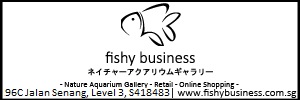Ronnie,
I have always found that feeding live worms will greatly boost egg production with Killies. When I finally found a good source for black worms I was amazed at the increase in viable eggs from my PLA and AUS. Frequent small water changes also seems to increase egg production whan cooler water is used.













 Reply With Quote
Reply With Quote




Bookmarks